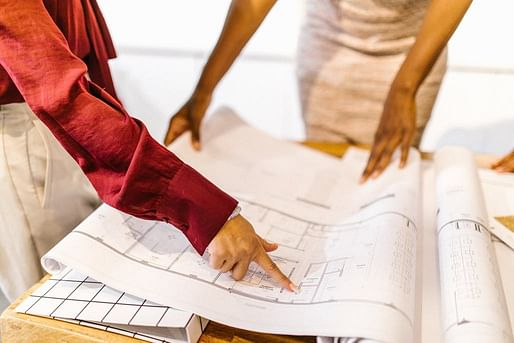

The Chartered Institute of Building (CIOB) has invited construction companies around the world to support a new charter committed to improving diversity within the global construction sector. The move comes amid multiple reports finding that female, BIPOC, and young employees are significantly underrepresented in construction occupations.
The CIOB’s charter contains five actions for signatories to implement, including highlighting the benefits of diversity and inclusion at a senior leadership level, creating targets to address under-representation and pay disparities, and publishing reports on an annual basis detailing the company’s diversity metrics and plans for the future.

The decision to create the charter was driven by findings from a CIOB report, which noted that women make up just 12.3% of the US construction workforce, with BIPOC individuals comprising between 5% and 7% of the workforce, reducing to only 1% at senior industry roles.
The construction industry is also set to undergo a crisis driven by an aging workforce. 32.5% of the construction industry is comprised of individuals over 50 years old, with 15% of employees set to retire in the near future. Only 12% of those working in construction are under 24, suggesting that a looming exodus of older employees is not being matched by an influx of younger ones.
“Given these circumstances, for companies to stay competitive, and to be more attractive to potential employees, it will be imperative for them to recruit talent from those sections of the population that are now severely underrepresented,” the report notes. “The numbers suggest that diversity and inclusion in construction is not so much a fashionable cause as it is a matter of individual business survival."

Separate to the CIOB report and charter, a recent report by the Institute for Women's Policy Research (IWPR) further exposes the hazards faced by women in the US construction industry. The organization found that 44% of women and non-binary survey respondents either left or seriously considered leaving construction trades, with almost half stating the decision was due to harassment and a lack of respect.
The low participation of female, BIPOC, and young employees in the industry comes amid warnings that the US construction industry needs 2.2 million more workers to keep up with a boom in demand for residential construction.
Within the architecture profession, several recent reports have exposed similar biases and disparities. Earlier this week, a new AIA report was released investigating bias in the profession, covering the experiences, perceptions, and opinions of women, people of color, and other historically underrepresented demographic groups in the field. In September, meanwhile, NOMA and NCARB published a report exposing ARE exam disparities for people of color and older candidates.
No Comments
Block this user
Are you sure you want to block this user and hide all related comments throughout the site?
Archinect
This is your first comment on Archinect. Your comment will be visible once approved.